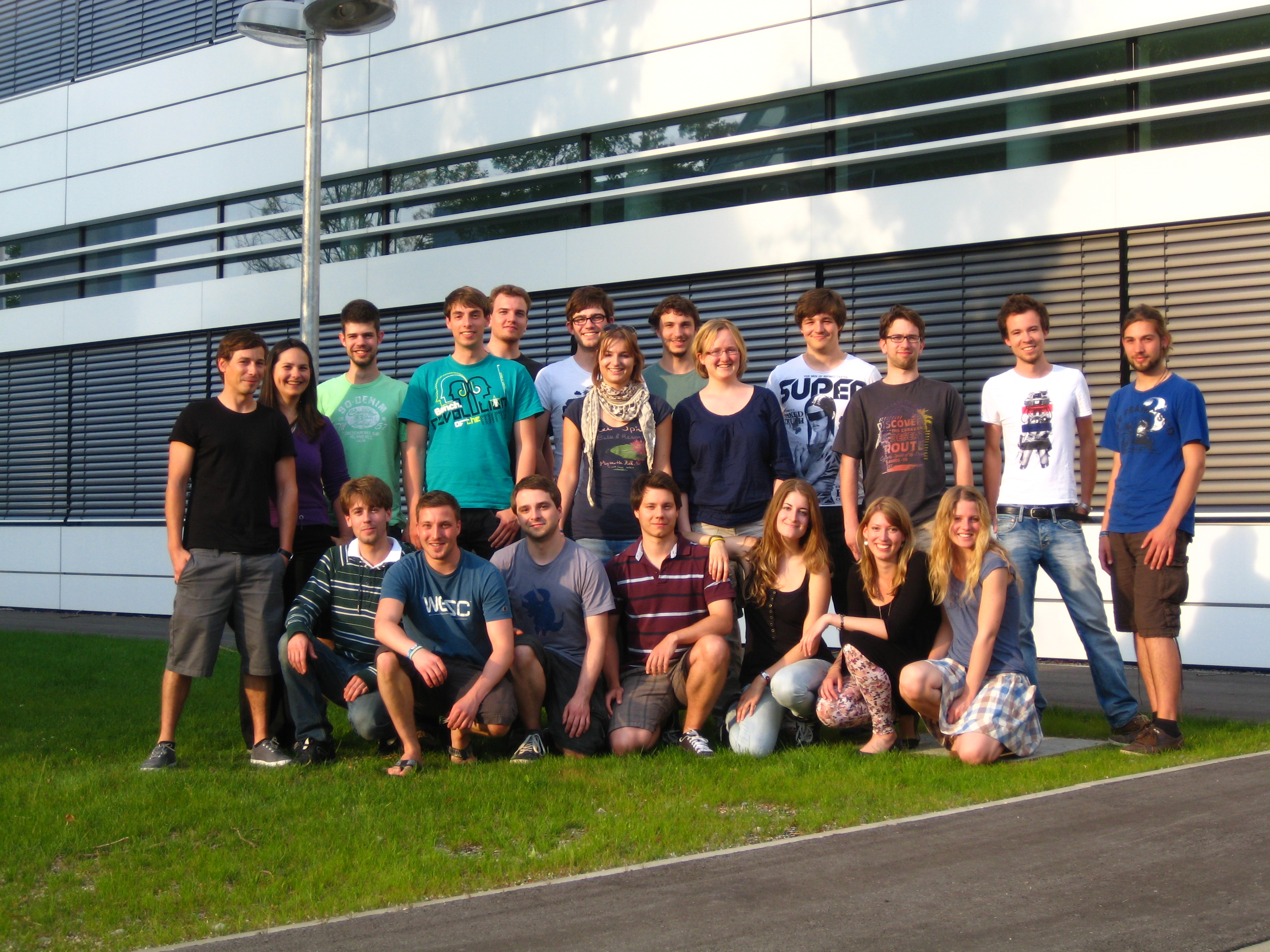Team:TU Munich
From 2011.igem.org
| Line 24: | Line 24: | ||
<!--- The Mission, Experiments ---> | <!--- The Mission, Experiments ---> | ||
| - | {| style="color:#1b2c8a;background-color:#0c6;" cellpadding="3" cellspacing="1" border="1" bordercolor="#fff" width="62%" align="center" | + | <!--{| style="color:#1b2c8a;background-color:#0c6;" cellpadding="3" cellspacing="1" border="1" bordercolor="#fff" width="62%" align="center" |
!align="center"|[[Team:TU_Munich|Home]] | !align="center"|[[Team:TU_Munich|Home]] | ||
!align="center"|[[Team:TU_Munich/Team|Team]] | !align="center"|[[Team:TU_Munich/Team|Team]] | ||
| Line 34: | Line 34: | ||
!align="center"|[[Team:TU_Munich/Safety|Safety]] | !align="center"|[[Team:TU_Munich/Safety|Safety]] | ||
!align="center"|[[Team:TU_Munich/Attributions|Attributions]] | !align="center"|[[Team:TU_Munich/Attributions|Attributions]] | ||
| - | |} | + | |}---> |
Revision as of 21:24, 4 July 2011
|
| |
|
General Project Outline This year, we aim to develop a LASER-controlled 3D-printer by innovative utilization of optogenetics. As a first step, we want to develop a genetic logical AND-gate sensitive to light of two different wavelengths (e.g. blue and red light). These bacteria are then immobilized in a transparent gel matrix, where they can be precisely actuated when hit by both blue and red light at the same time. If both of these inputs are positive, gene expression is induced. Various different gene products can be expressed using this system. For example, a simple colored pigment will allow us to create colored three dimensional objects, while expressing collagen and hydroxylapatite with consecutive biomineralization could be used to create bone tissue. | |
 "
"





















